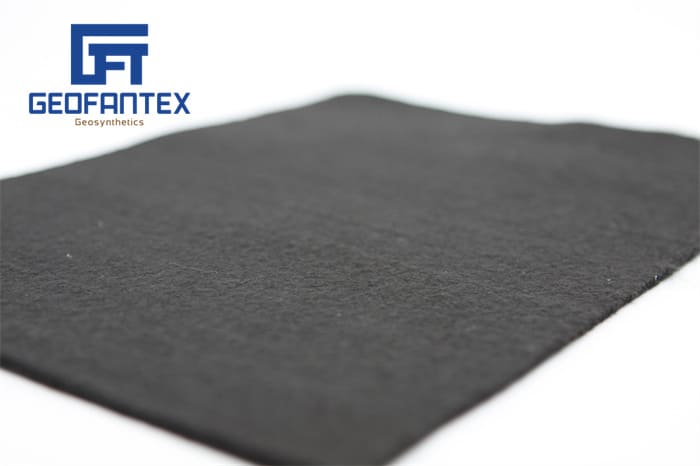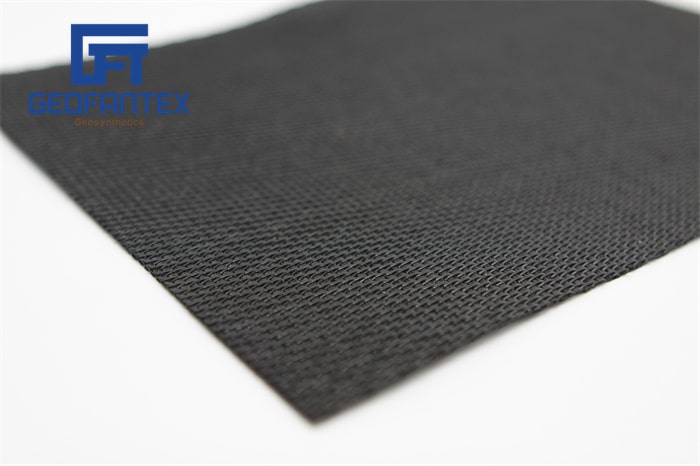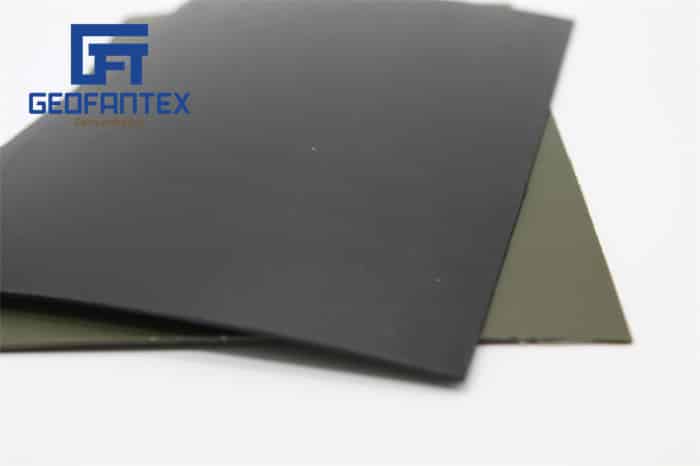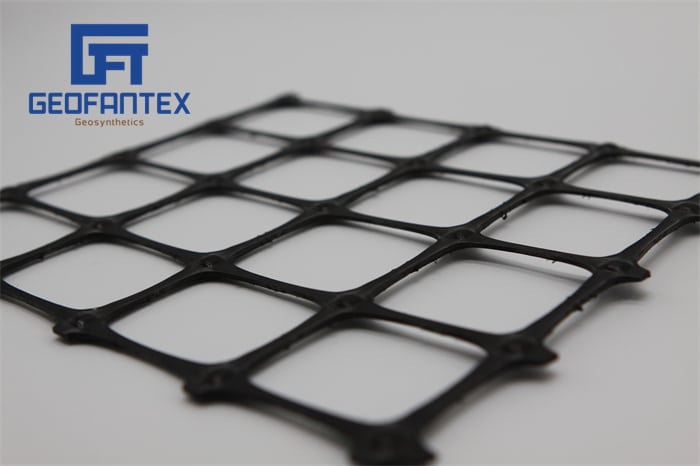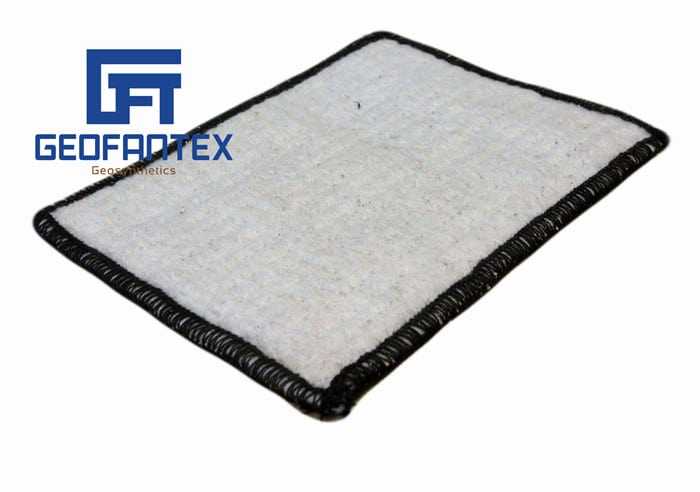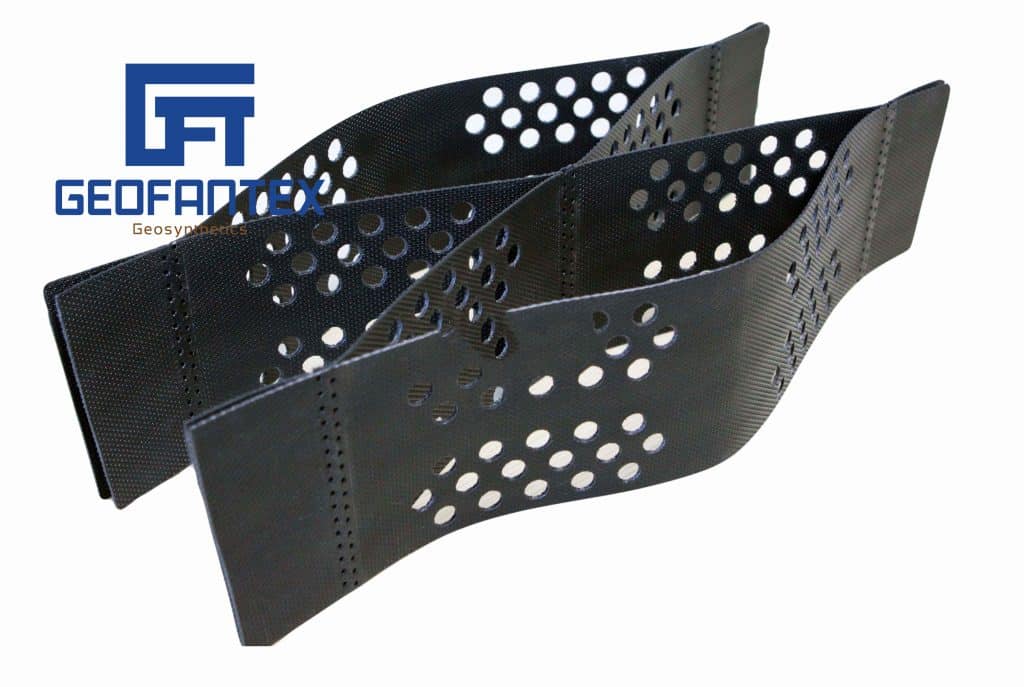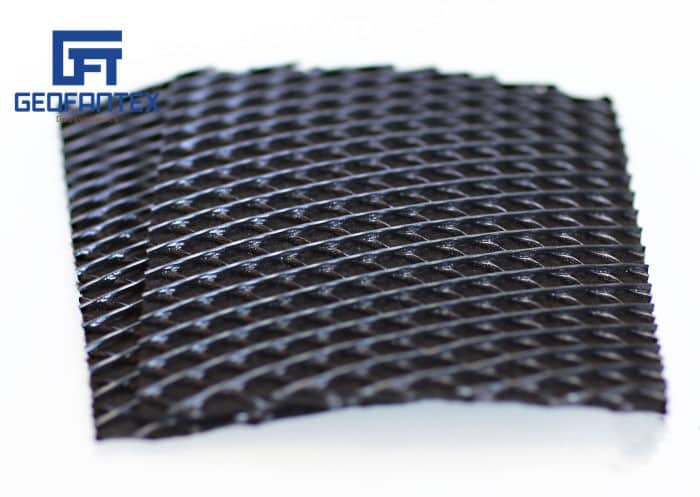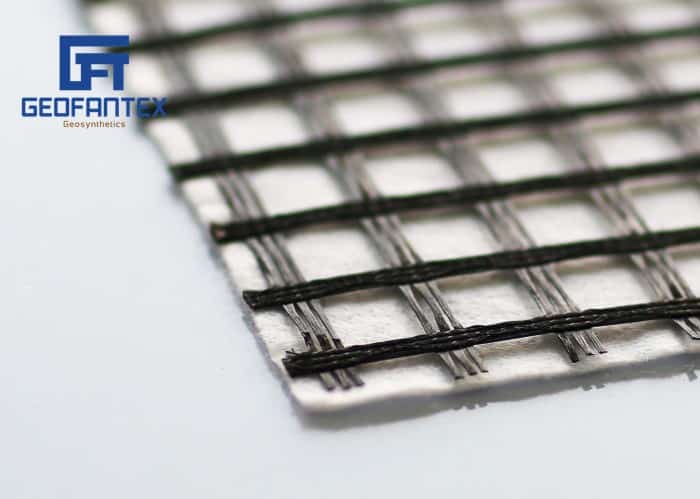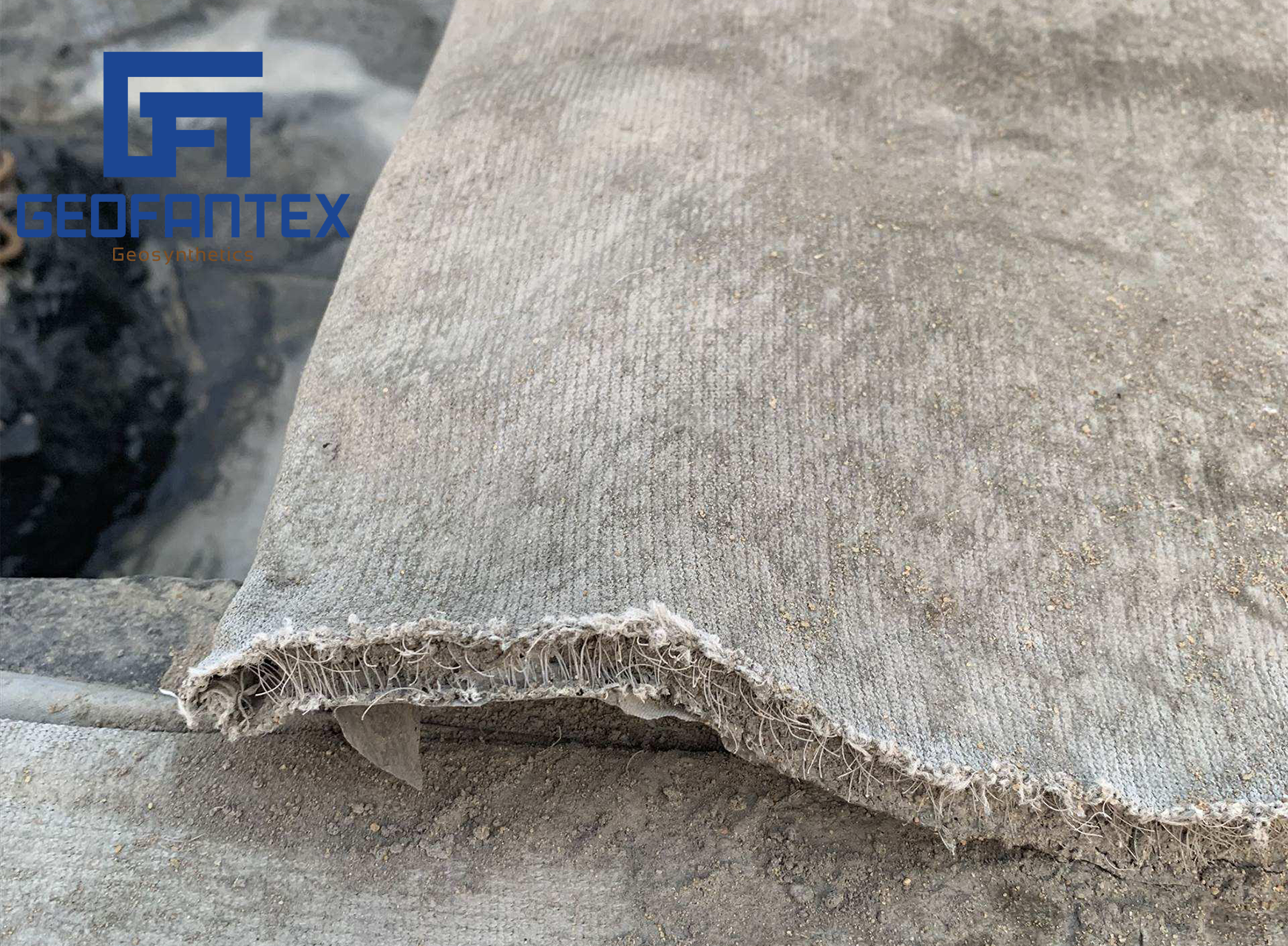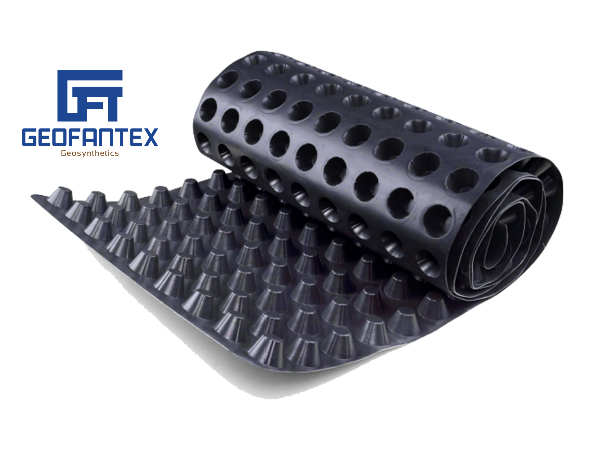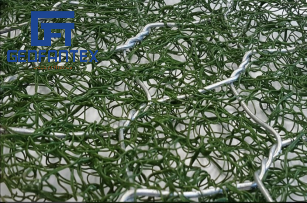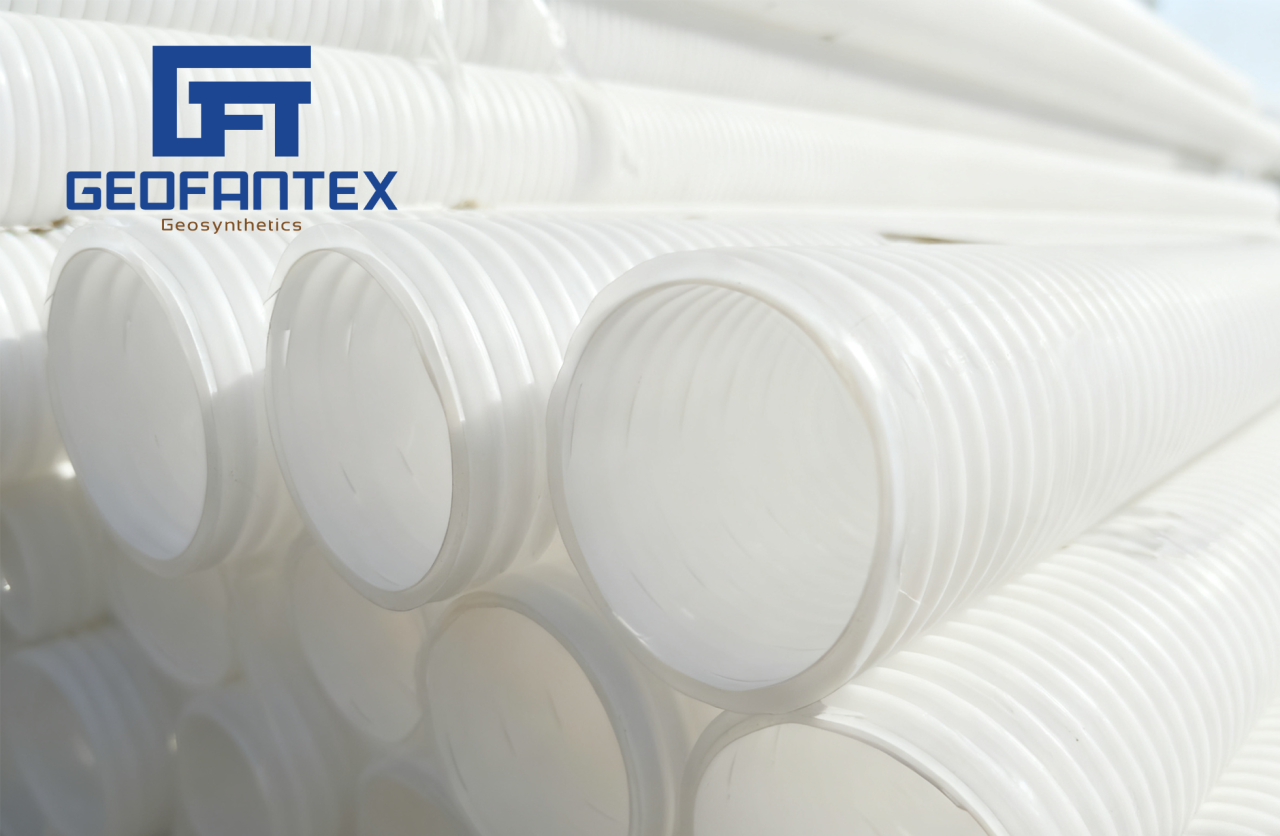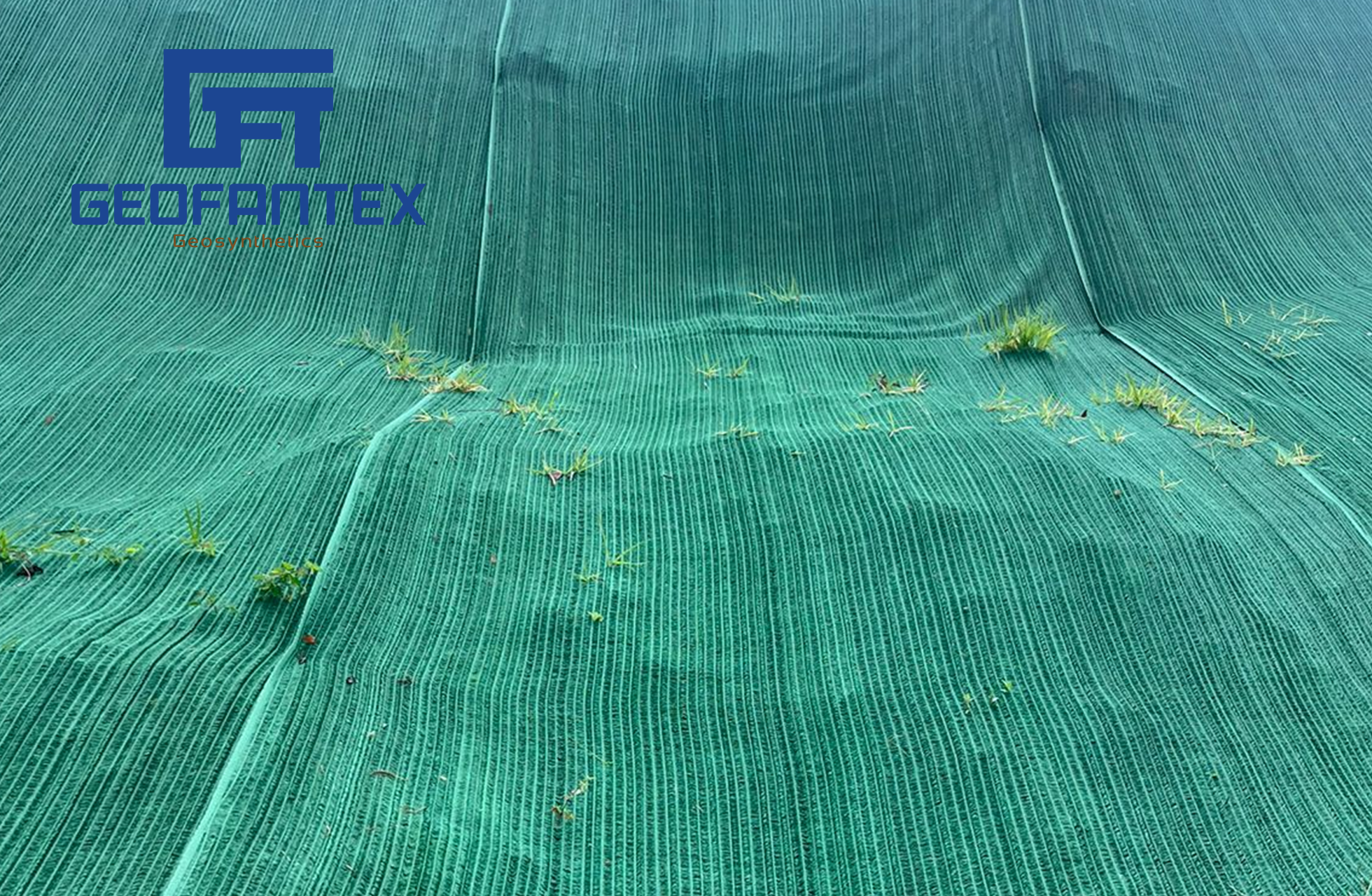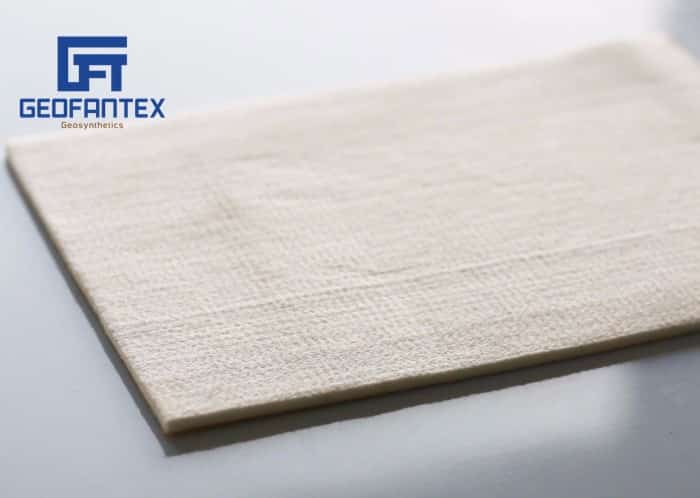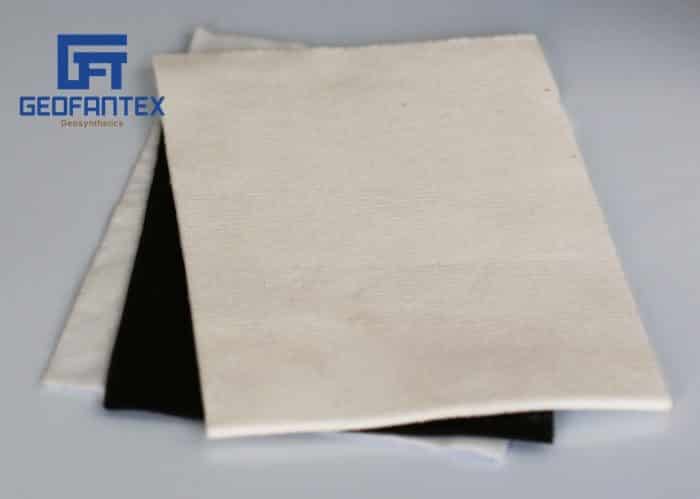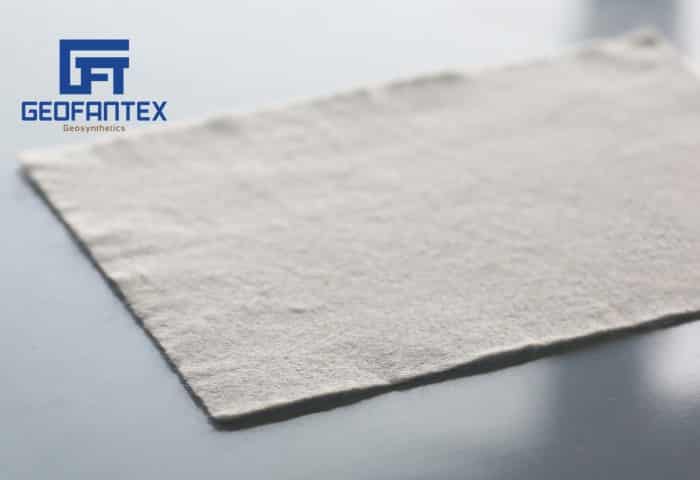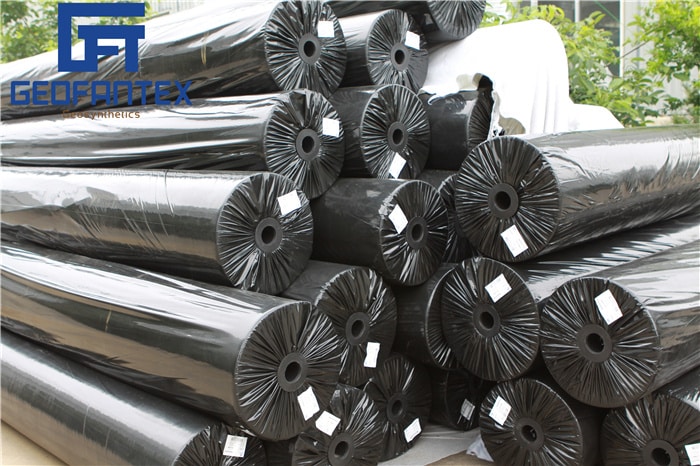+86-159 9860 6917
info@geofantex.com
geofantex@gmail.com
+86-400-8266163-44899
In the field of geosynthetics, the debate between woven vs non woven materials has been a pivotal consideration for engineers and contractors. As the demand for sustainable and efficient solutions grows, understanding the differences between these two types of fabrics can help in choosing the right materials for various infrastructure projects.
Woven Geosynthetics:
Woven geosynthetics are strong, durable fabrics made by interlacing synthetic fibers like polypropylene or polyester. They’re widely used in construction for soil reinforcement, drainage, and erosion control. Their high tensile strength and drainage capabilities make them ideal for road construction, retaining walls, and landfill applications. These materials also resist UV damage and are cost-effective, easy to install, and long-lasting. However, selecting the right type for each project is crucial for maximum effectiveness.
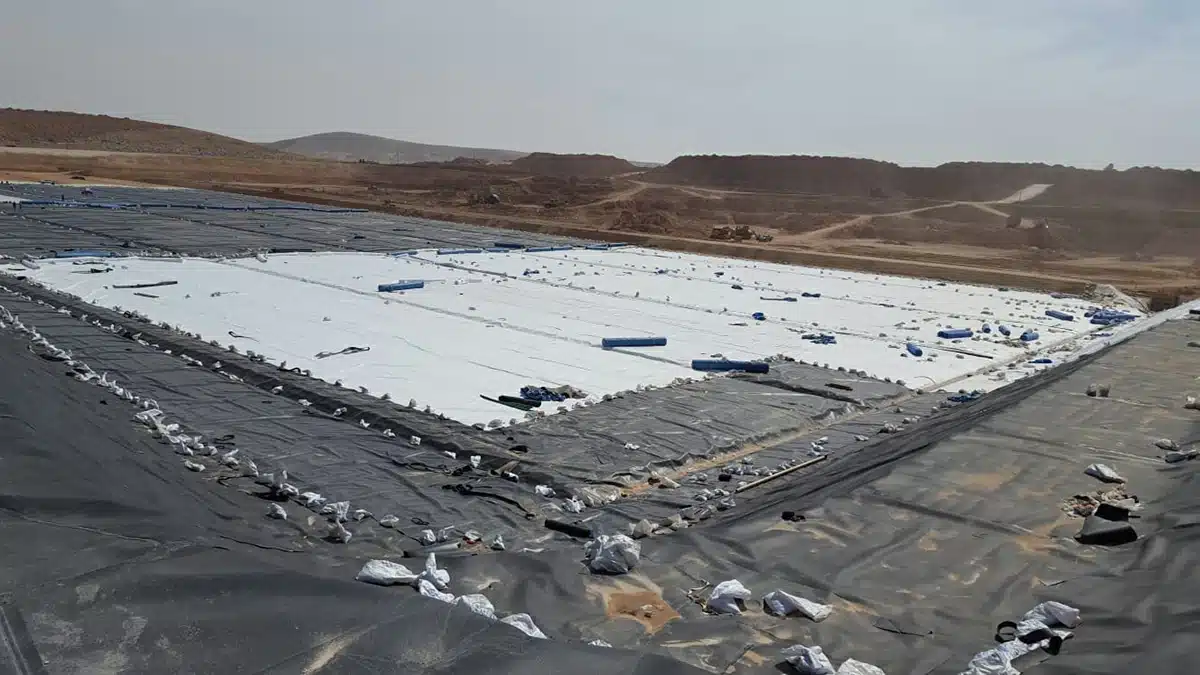
Non Woven Geosynthetics:
On the other hand, non-woven geosynthetics are made from fibers that are bonded together through heat, chemicals, or mechanical methods, rather than being woven. This results in a material that is typically more permeable and flexible. Non-woven geotextiles are often used in applications where drainage is critical, such as in drainage systems and filtration barriers. A notable example can be seen in a recent project in California, where non-woven geotextiles were used for erosion control along coastal areas, preventing soil erosion while allowing water to flow freely through the material.
Key Differences Between Woven and Non Woven Geosynthetics
When considering woven vs non woven geosynthetics, one of the key differences lies in their mechanical properties. Woven fabrics are generally stronger and more durable under load, making them ideal for reinforcement and separation in civil engineering applications. Non-woven fabrics, on the other hand, are more suited to applications that require filtration, drainage, and protection from erosion.
For example, in the mining industry, woven geotextiles are often used for ground stabilization in land reclamation projects, where strength is crucial. In contrast, non-woven geotextiles are employed in landfill liner systems, where their ability to filter and allow liquid flow makes them invaluable.
Real-World Applications: Choosing the Right Material
The decision between woven and nonwoven materials often comes down to the specific needs of a project. For instance, a company in Florida recently used woven geotextiles to reinforce a coastal barrier that was exposed to severe weather conditions. The woven fabric’s superior strength helped the structure withstand heavy storm surges and shifting sands. Meanwhile, in a separate project in Arizona, non-woven geotextiles were chosen for their ability to provide efficient drainage in a landfill site, preventing water buildup and ensuring proper filtration.
In conclusion, both woven and non-woven geosynthetics have distinct advantages that make them indispensable in modern infrastructure projects. The choice between woven vs nonwoven materials depends on the specific requirements of each project, whether it’s strength, filtration, drainage, or erosion control. Understanding these differences is essential for making informed decisions that ensure long-lasting, efficient, and cost-effective solutions for geotechnical engineering challenges.
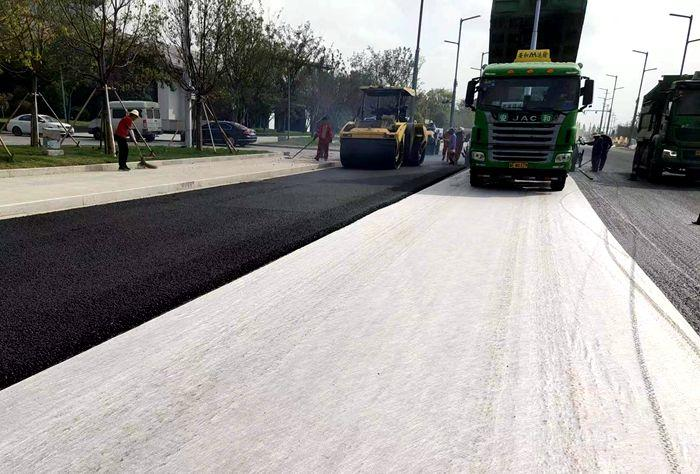
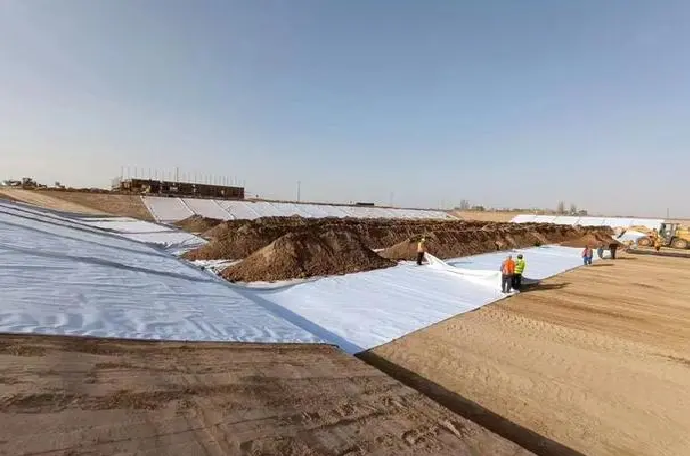
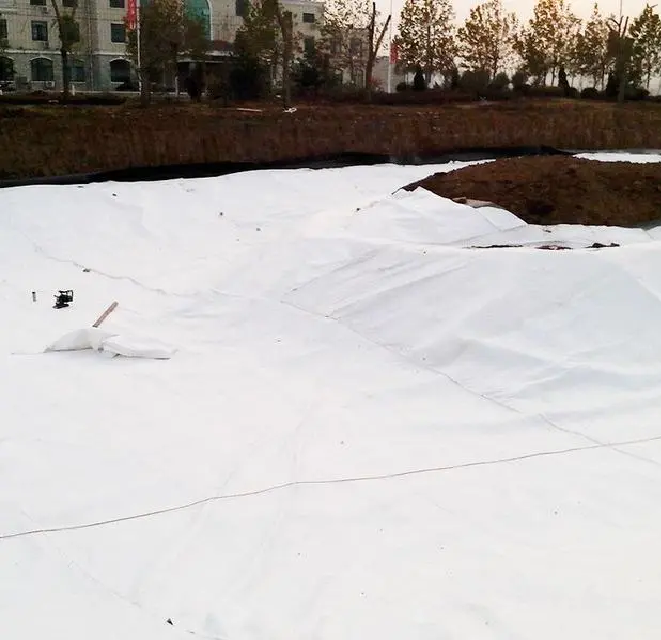
Get Free Sample
We’ll respond as soon as possible(within 12 hours)

